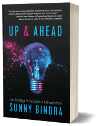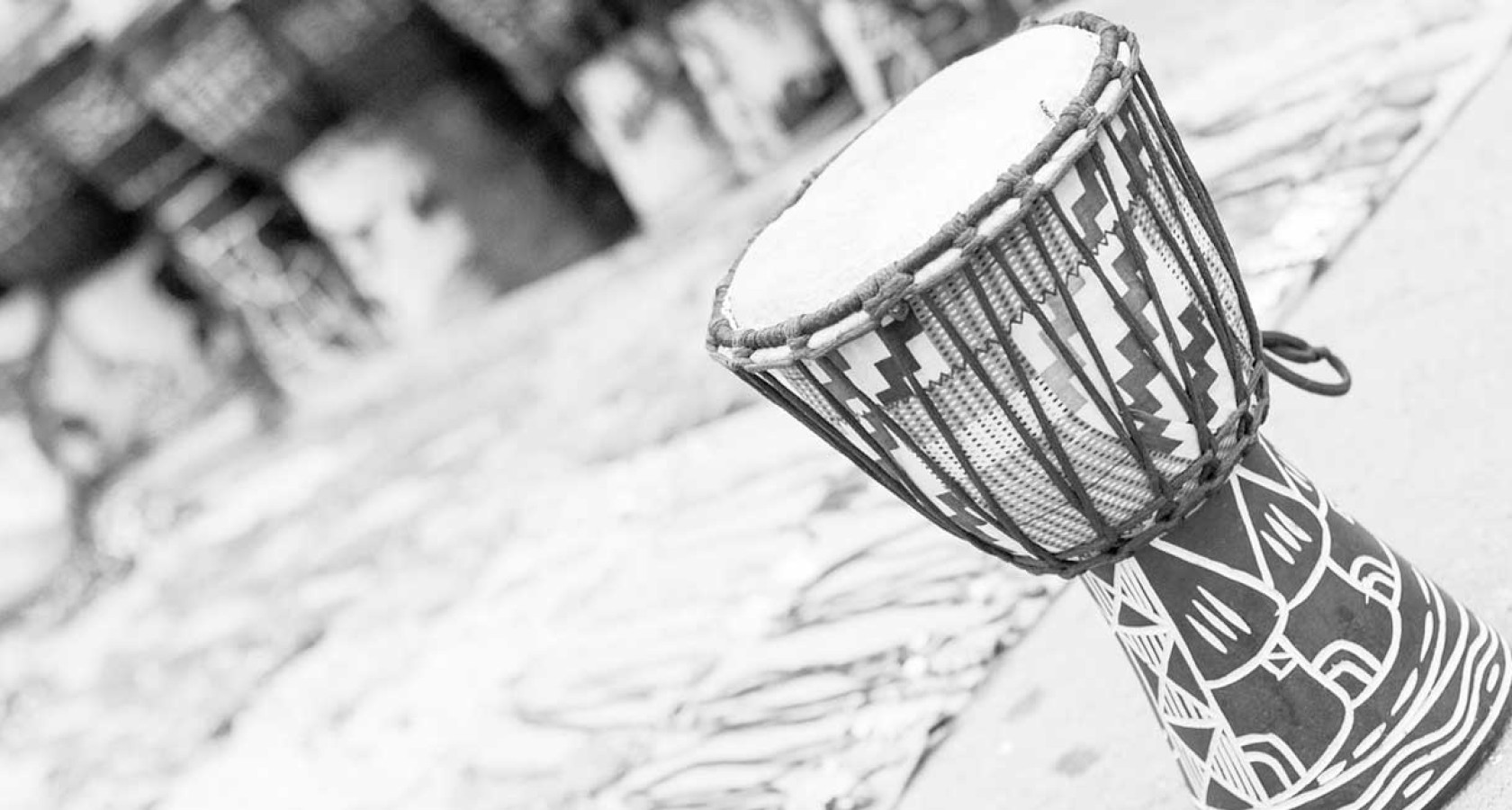Who is at the centre of your business – you, or your customer?
“If you pull out your smartphone and click the button that says “locate me” on your mapping application, you will see a small dot appear in the middle of your screen.
That’s you.
If you start walking down the street in any direction, the whole screen will move right along with you, no matter where you go.
This is a dramatic change from the print-on-paper world, where maps and locations are based around places and landmarks, not on you or your location. In the print world people don’t go to the store and say, “Oh, excuse me, can I buy a map of me?” Instead, they ask for a map of New York, or Amsterdam, or the subway system. You and I aren’t anywhere to be seen on these maps. The maps are locations that we fit into.
But today’s digital world has changed that. Now, we are always in the center of the map, and it’s a very powerful place to be.”
NICK BILTON, I Live in the Future and Here’s How it Works (2010)
I recall when, in 2009, I was travelling abroad and sitting in a taxi. I started fiddling with Google Maps on my iPhone. Suddenly, I noticed a flashing blue dot in the middle of the screen. The realization was intense: “Whoa – that’s ME!” The map of the city unfolded on the screen, but always with ME at the centre. Wherever I went, the map went.
How cool is that? Not just cool, but revolutionary – an inversion of the old reality. Now in 2011, that experience is routine and fairly commonplace – and can be achieved even here using Kenyan maps. But consider this: can you see just how completely the business of printing maps has been blown out of the water? Why would you ever buy a paper map now, which requires you to understand its topography and layout and locate yourself by looking for landmarks close to you on the map? When all you need is the flashing dot on the screen you carry in your pocket anyway?
Other businesses are suffering the Me-in-the-Middle fate, as outlined in the new book by Nick Bilton, a senior NYT technology correspondent. A similar experience happened when I purchased a digital video recorder (DVR) some time ago. What’s that? Record TV programmes effortlessly, and then watch only the ones I want to watch, when I want to watch them? Yes please – and never again will I watch whatever is shown to me at a time the TV network wishes to show it.
The news was once given to us by news organizations who required you to come to them – to their newspapers, magazines, TV stations; at a time that suited them; and then find what you needed from them. No more. Today’s news is chosen by you and consumed by you wherever and whenever you want it. The new consumer gets her news from common platforms like Twitter and Facebook, and customizes her ‘feeds’ to draw only the things she wants, on her own device. Me in the Middle again.
Here’s the thing: once you get used to Me in the Middle, you are never going back. Once customers are empowered to enjoy the power and convenience of personalization, they are never going to tolerate one-size-fits-all ever again.
This doesn’t just apply to fancy digital products; it is a revolution poised to sweep through the entire world of business. So if your business is built around you rather than your customer, be very afraid. If you are relying on customers to come to you at a time and place that suits you and buy what you recommend, be terrified. The 21st-century customer expects to be placed smack in the middle of your business and nowhere else.

Buy Sunny Bindra's book
UP & AHEAD
here »















